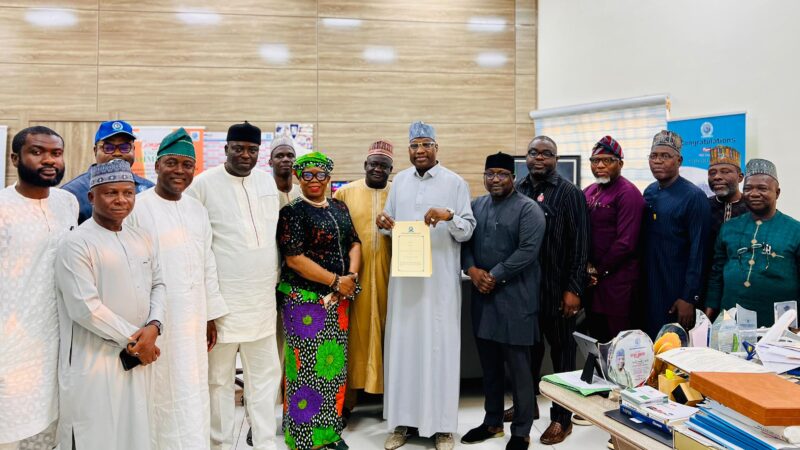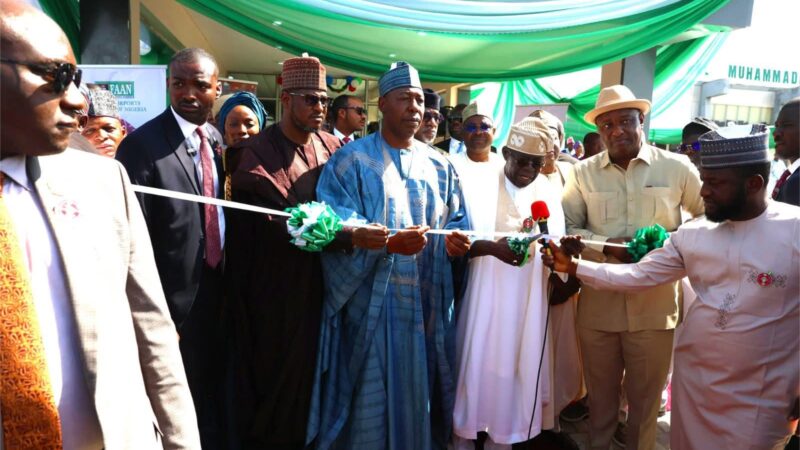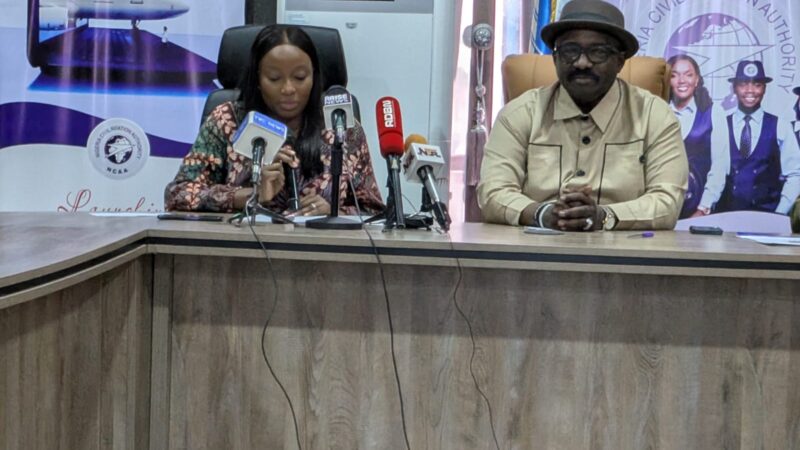Kenya’s President Ruto Dismisses Cabinet Amidst Youth-Led Protests, Hints at Gov’t of National Unity

Kenya’s President, William Ruto, in a sweeping move, has dismissed all Cabinet Secretaries and Attorney General, Justin Muturi, in response to recent youth-led anti-government protests.
The bold decision, announced in a televised address, spares only Prime Cabinet Secretary Musalia Mudavadi, who also serves as Foreign Affairs Cabinet Secretary.
“Upon reflection, listening keenly to what the people of Kenya have said and after a holistic appraisal of the performance of my Cabinet and its achievements and challenges, I have, in line with the powers given to me by Article 152(1) and 152(5)(b) of the Constitution and Section 12 of the Office of the Attorney-General Act, decided to dismiss with immediate effect all the Cabinet Secretaries and the Attorney-General from the Cabinet of the Republic of Kenya except the Prime Cabinet Secretary and Cabinet Secretary for Foreign and Diaspora Affairs,” President Ruto declared.
President Ruto emphasised his commitment to engaging other political players in reconstituting his Cabinet, signaling potential political collaborations.
He assured that government operations would continue under the guidance of Principal Secretaries and other relevant officials in the interim.
“I will immediately engage in extensive consultations across different sectors and political formations, with the aim of setting up a broad-based government that will assist me in accelerating and expediting the necessary, urgent, and irreversible implementation of radical programs.
“These include addressing the burden of debt, raising domestic resources, expanding job opportunities, eliminating wastage, and reducing unnecessary duplication of government agencies to slay the dragon of corruption. Consequently, this will make the government lean, inexpensive, effective, and efficient,” Ruto added.
The President’s announcement came amidst growing speculation of a “broad-based political arrangement,” suggesting he might be considering incorporating opposition figures, such as those from the Orange Democratic Movement (ODM) led by Raila Odinga, into his administration.
This move could be seen as a strategy to navigate the ongoing political crisis sparked by the youth protests demanding substantial government reforms.
The notion of a government of national unity is not unprecedented in Kenya’s history. In 2005, after losing a referendum, then-President Mwai Kibaki dismissed his entire Cabinet. When he reconstituted it, notable figures like Raila Odinga and his Liberal Democratic Party (LDP) members were excluded.
“Following the results of the referendum, it has become necessary for me, as the President of the Republic, to reorganise my government to make it more cohesive and better able to serve the people of Kenya. I have directed that the Offices of all Ministers and all Assistant Ministers become vacant. Consequently, the occupants of the said offices cease to hold their respective offices with immediate effect,” Kibaki stated at the time.
As Kenya navigates this political turbulence, all eyes are on President Ruto’s next steps in forming a new government that promises efficiency and responsiveness to the people’s demands, especially the youths.







